INDSUTRIAL OVERVIEW
Find the most up-to-date Phoenix Industrial market report as well as a complete overview of the industrial sector.
12 MONTH DELIVERIES IN SF
12 MONTH NET ABSORPTION IN SF
VACANCY RATE
12 MONTH RENT GROWTH
What Are The Types of Industrial Properties?
There are a variety of different types of industrial properties in commercial real estate: Heavy manufacturing, light manufacturing, distribution/logistics, general warehouse, data centers, cold storage, flex, research and development, and hangars.
Each type of industrial real estate must have either grade level, or dock high doors.
Grade level doors allows tenants/users to drive vehicles, heavy equipment or product into the warehouse. Grade level are more common.
Dock high doors are ideal for tenants/users that utilize 53 footer trucks.
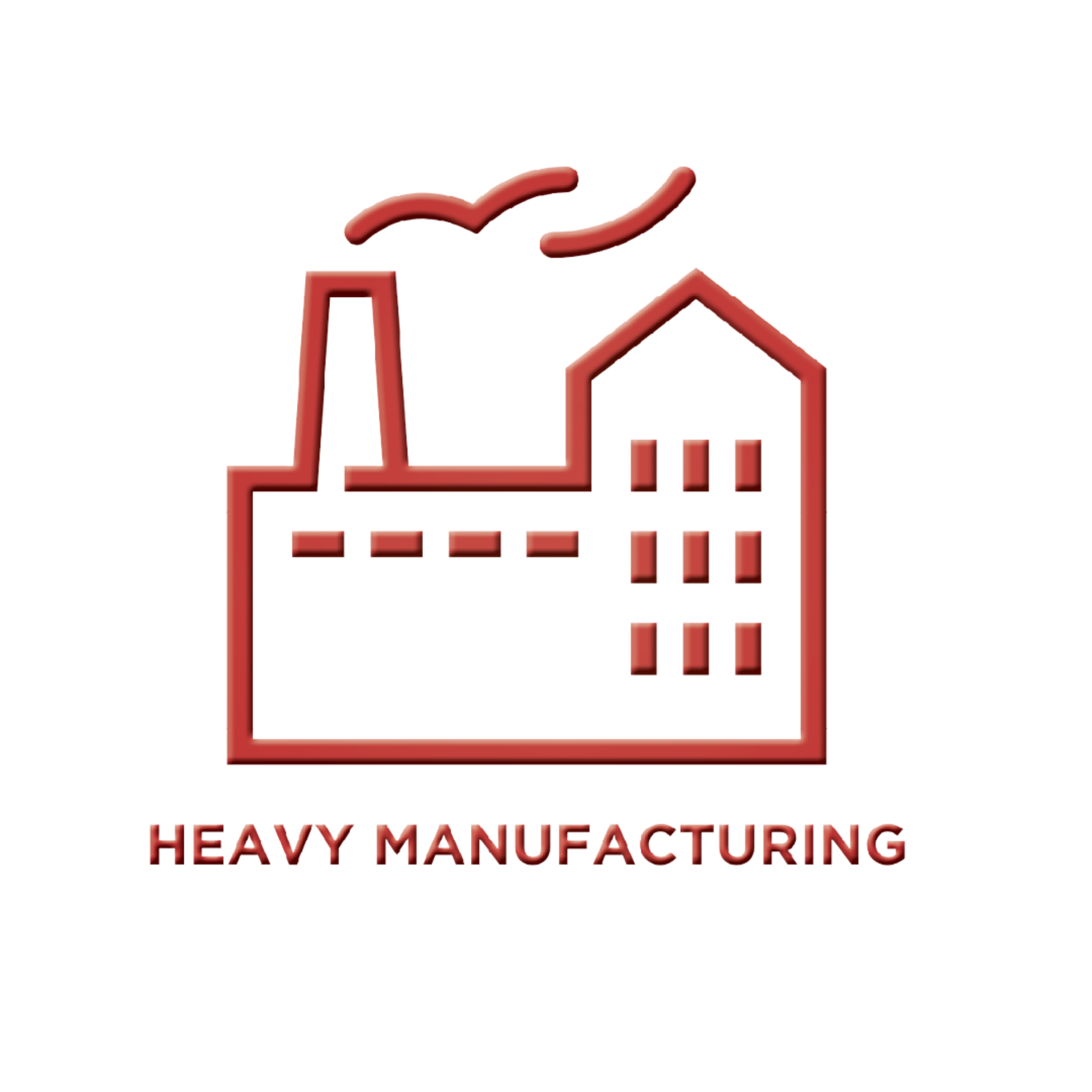

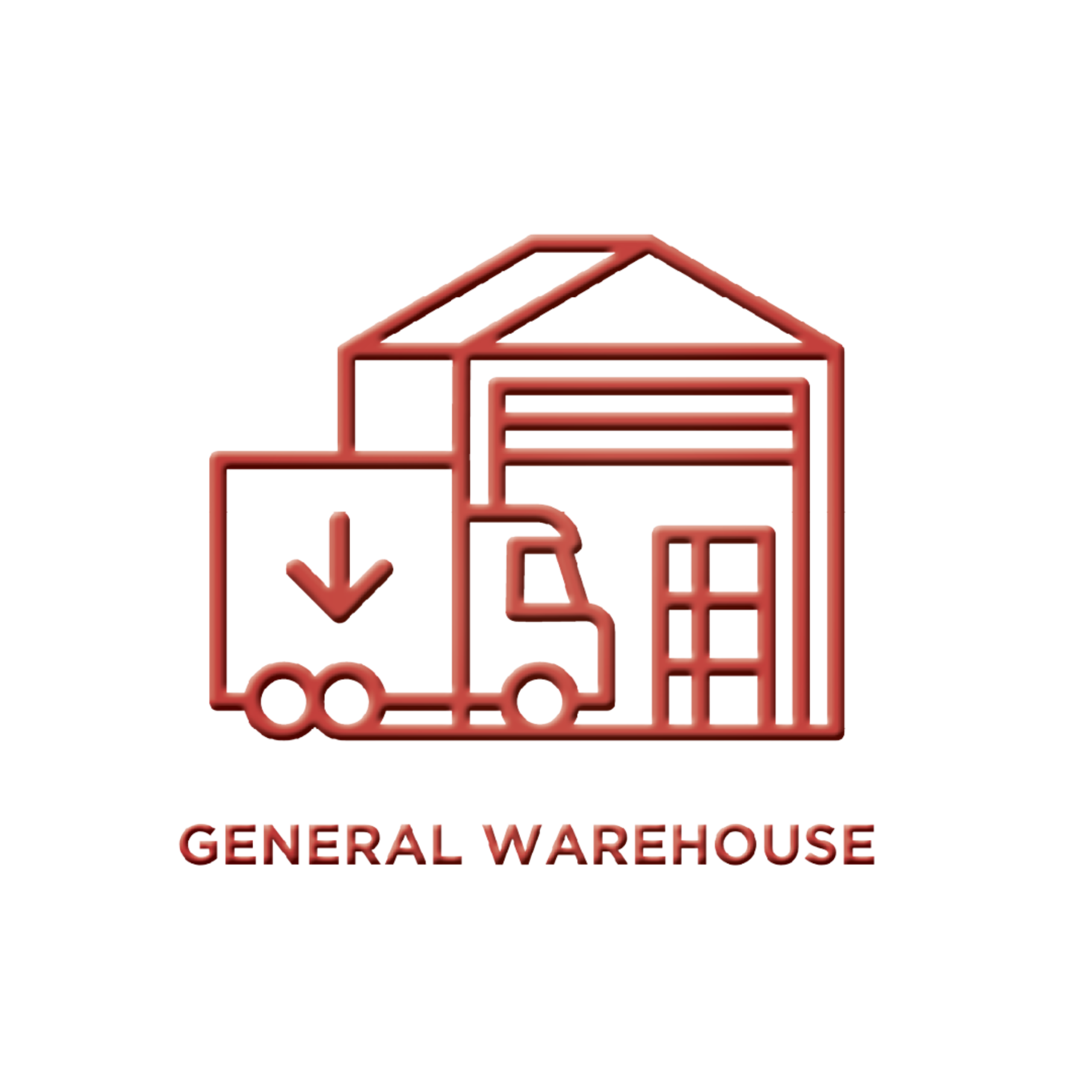
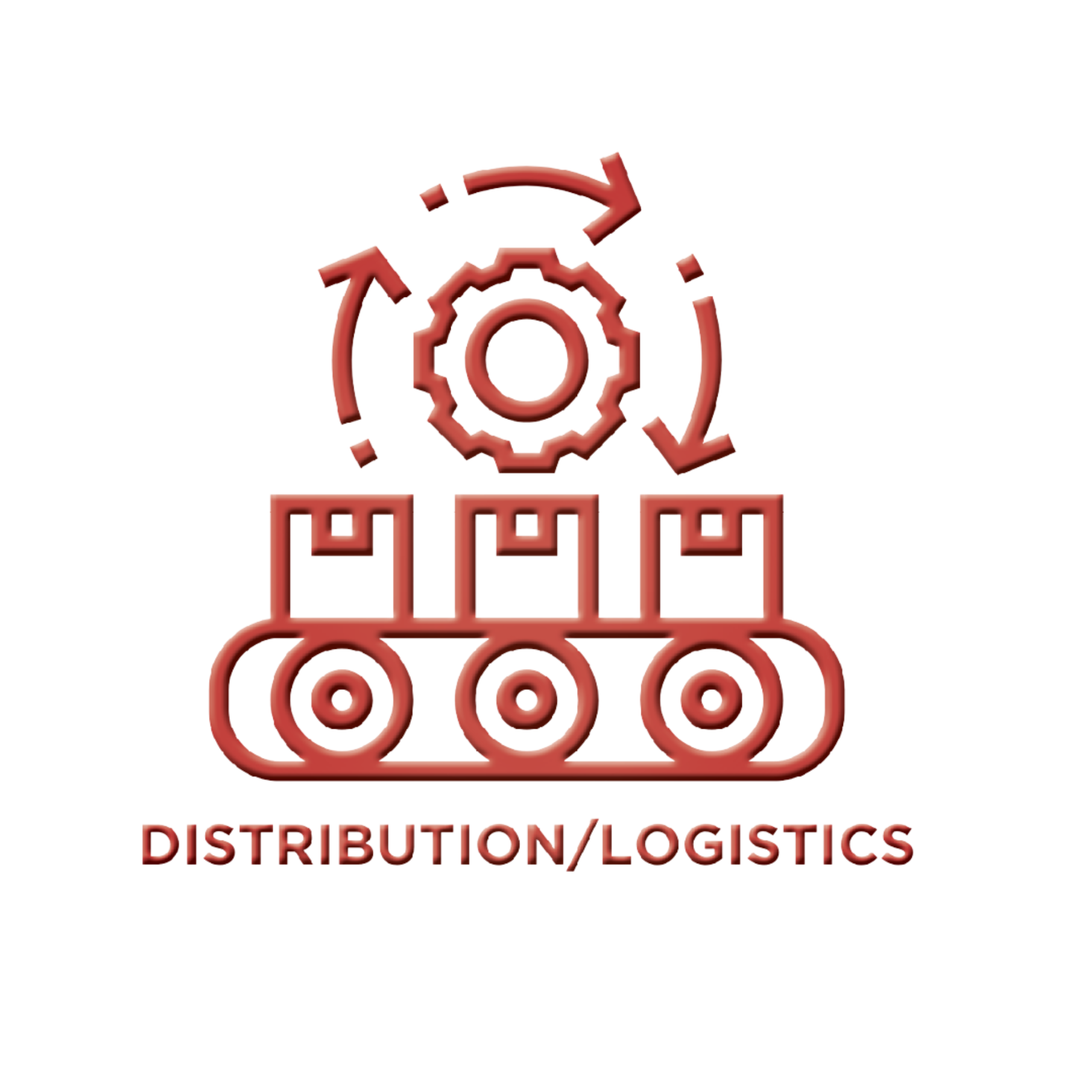
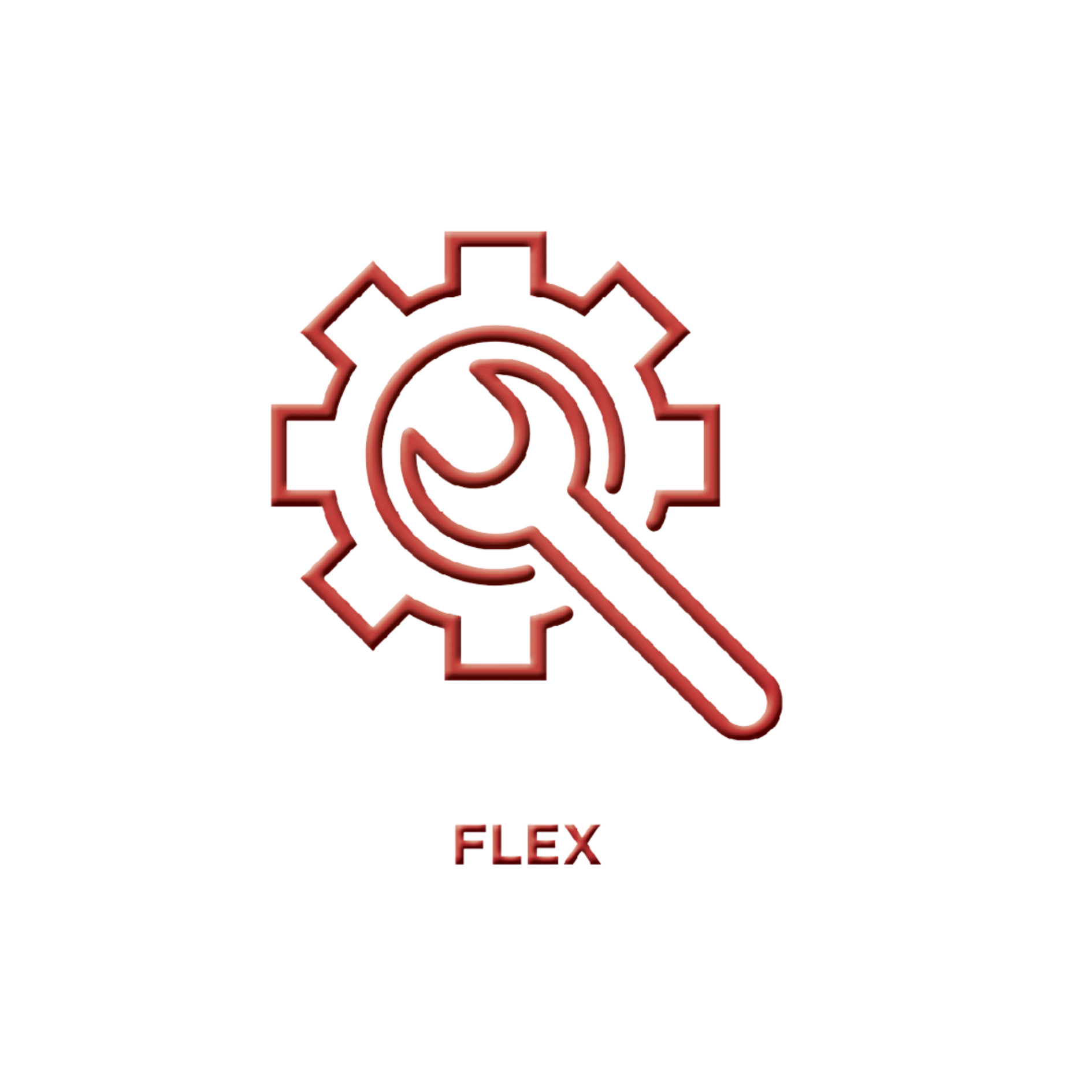
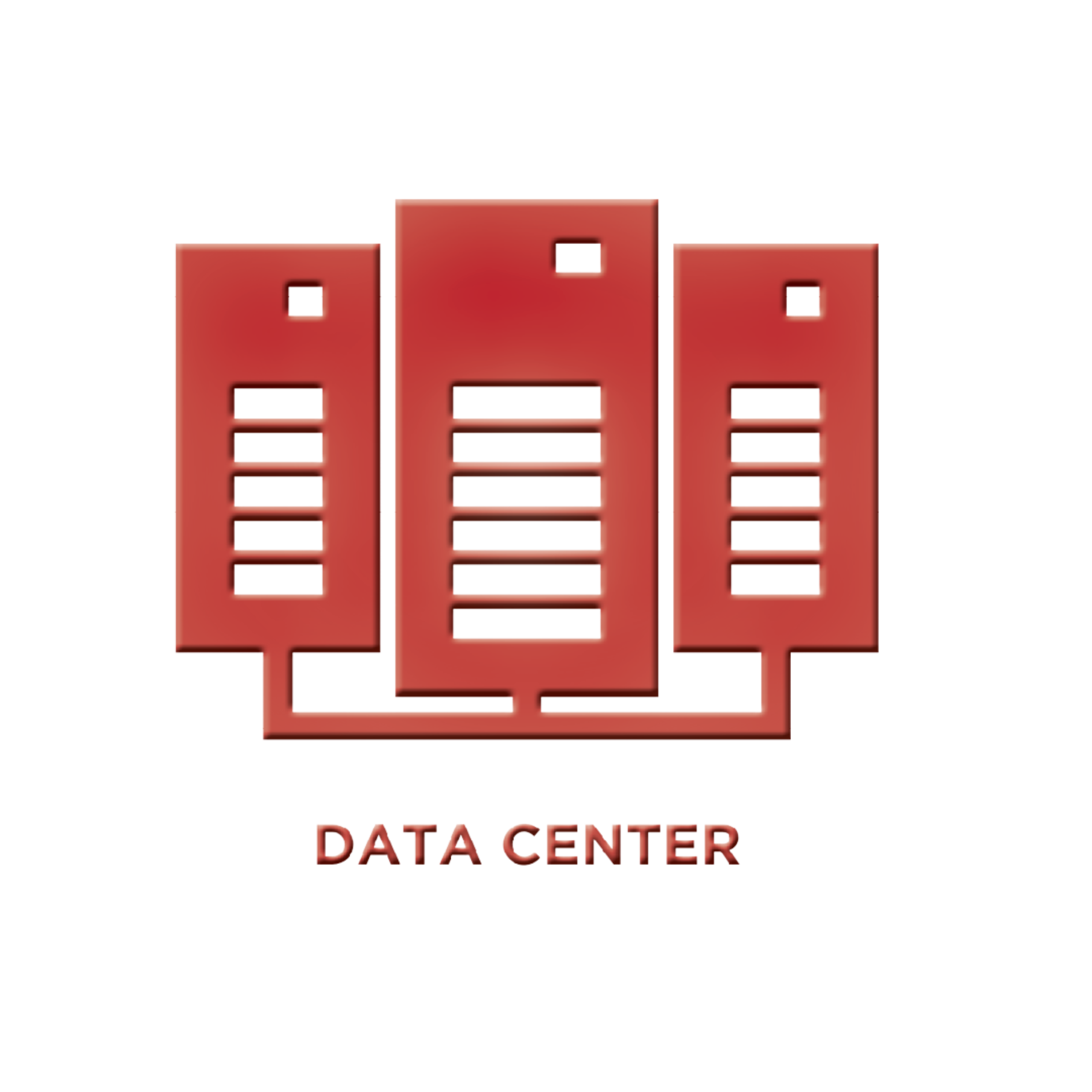



Power Requirements of Industrial Assets
Single phase vs. Three phase: This has to do with the distribution of the power load. Single phase uses the two wire alternating current and three phase uses a three wire AC power circuit with each phase. Single phase is mainly used on older properties, upgrading or delivering with three phase is the new standard that is much safer and delivers at a steady/constant rate. Three phase power is much more efficient.
Some industrial properties have lower power requirements (i.e. 800 amps or lower), this might be more geared towards storage applications or light manufacturing
Others will have higher power requirements (i.e. 800+ amps), and is aimed at large manufacturing applications or data centers that will need to keep equipment operating.
Construction and Clear Height
Construction and clear height are an important part of any industrial building, this will be used to determine use of the building, and how much over head costs will typically be.
Clear Height: 14 feet or lower, is generally for some manufacturing (depending on equipment size) and light industrial uses.
As the demand for warehousing has increased, new developments have clear height that is reaching 36 feet. This allows the user/tenant to store product safely on racking. This greatly allows the capacity of the warehouse to increase.
Types Of Construction:
Metal (steel): Lower cost, not as much insulation as concrete or masonry, cuts down construction time and labor. Used for storage that doesn't need to be at a cooler temperature. Manufacturing uses or hangars will typically use this construction.
Concrete (tilt up and block): Requires more labor, ideal for buildings demanding more clear height. Concrete's weight does require a more sturdy foundation.
Brick: Might require regular maintenance, can be susceptible to extreme weather, higher labor cost typically, typically non-combustible, adds rustic element to a building, potential longer lifespan, increases the thermal mass, lower resistance against tension and torsion loads (might not be ideal in places with seismic activity).

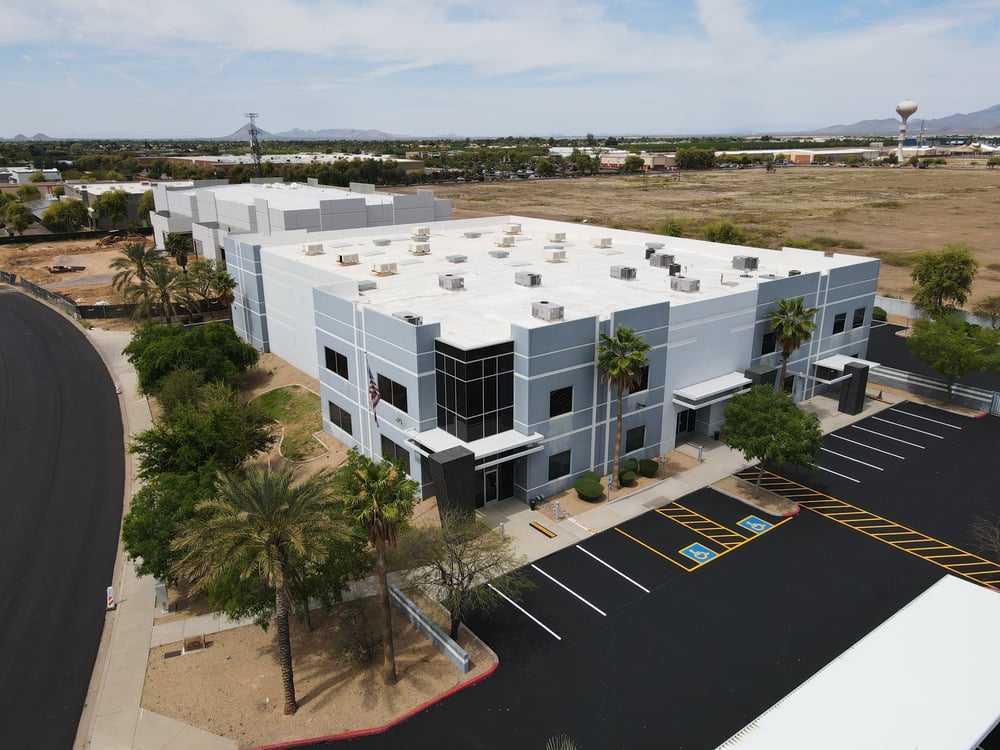

HVAC vs. EVAP
The heating and cooling systems inside industrial property makes a large impact on use of the property, and it's important to understand the difference of the two.
HVAC: Is going to remove the heat and moisture from an occupied space, can be set and maintained. Higher cost to operate/higher energy usage, effective in any climate, needs regular cleaning/maintenance, and higher upfront costs.
EVAP (swamp): This removes latent heat from the surface in which evaporation takes place. Keeps facilities usually 20 degrees cooler than outside temperatures. Not ideal in areas of high humidity, better in drier climates (adds moisture to the air). These are more economical to operate, more energy efficient and are cheaper to install/maintain.
Lease Structure
The lease structure of your building will affect your overall rental costs. The three main types are Triple Net (NNN), Modified Gross, and Full Service.
NNN: Triple Net - The tenant is responsible for paying their share of the expenses in addition to their base rent. The "three Ns" are common area maintenance, property taxes and insurance. These allow investors to pass through expenses.
Modified Gross or Industrial Gross: This is a middle ground between NNN and Full Service leases. There are a combination of expenses or responsibilities that can be passed onto the tenant, i.e. CAM, insurance, utilities, etc. There are multiple combinations for how to set up a MG/IG lease. These might offer a better compromise between landlord and tenant.
Full Service: This is the most simple of the leases, wherein the tenant covers all expenses including but not limited to: utilities, common area maintenance, taxes, janitorial, and insurance. The landlord has more responsibility for the maintenance compared to NNN or MG leases.
